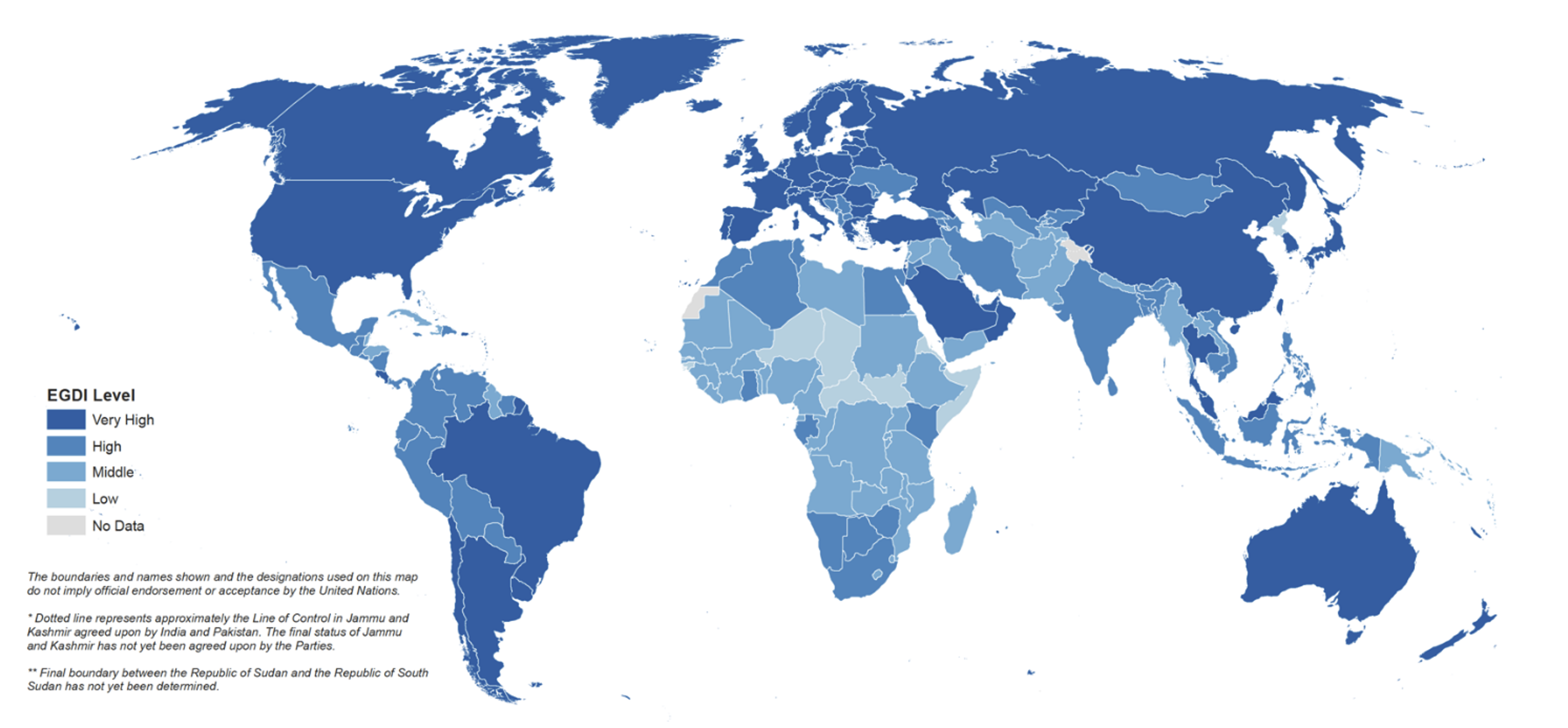Digitalization Process of Public Administration

Public sector organizations are increasingly relying on IT to improve the quality, flexibility and transparency of public services delivery.
The process of digital transformation of the public sector began long before the COVID-19 pandemic, but it was the need for massive remote work of employees during the lockdowns that demonstrated the effectiveness of digital formats.
Despite the widespread enthusiasm, digitalization of public sector faces some critic.
The data obtained by Deloitte experts in 2015 in surveys of representatives of public authorities in 70 countries of the world, shows that up to 75% of respondents were wary of the processes of transformation, believing that they largely undermine the habitual order of work.
At the same time, digital transformation is perceived as an inevitable process.
The formation of a digital government is an evolutionary process involving several stages of development
-
Closed operations and internal focus
-
Analog procedures
-
Government as a provider
Source: World Bank (GovTech Maturity Index: The State of Public Sector Digital Transformation, 2021)
-
User-centered approach, but supply driven
-
One-way communications and service delivery
-
ICT-enabled procedures, but often analog in design
-
Sliced ICT development and acquisition
-
Greater transparency
-
Government as a provider
Source: World Bank (GovTech Maturity Index: The State of Public Sector Digital Transformation, 2021)
-
Procedures that are digital by design
-
User-driven public services
-
Government as a platform (GaaP)
-
Open by default (co-creation)
-
Data-driven public sector
-
Proactive administration
Source: World Bank (GovTech Maturity Index: The State of Public Sector Digital Transformation, 2021)
-
Citizen-centric public services that are universally accessible
-
Whole-of-government approach to digital transformation
-
Simple, efficient, and transparent government systems
Source: World Bank (GovTech Maturity Index: The State of Public Sector Digital Transformation, 2021)
From E-government to GovTech
The E-government implies the use of information technologies to automate work processes, improve the efficiency of data management and quality of public services, and develop communication channels. Within the e-government, there are three types of interactions: government-to-government (G2G); government-to-business (G2B); and government-to-citizen (G2C).
Digital Government develops the concept of e-government, uses digital data to proactively provide socially oriented public services. The key elements of the digital architecture of the government include a single government information portal, a system of joint management of data from the registers of different state structures; the provision of public services in the format of "one window"; an open database of digital solutions, innovative systems for collecting and analyzing data, ensuring cybersecurity and reliable protection of personal information.
GovTech is a digital approach to modernizing the public sector that can improve the quality of public service delivery, simplify interaction with civil society, and improve the efficiency of public administration. The concept of GovTech can be understood as a set of very different areas of activity: from the formation of a "smart" urban environment to the use of digital tools to combat crime.

Stage 1. Online publication of state information
Stage 2. Provision of expanded information on the activities of government bodies, interaction between the government and citizens through the use of electronic forms uploaded to the portal
Stage 3. Two-way interactive cooperation between the government and citizens, gradual involvement of citizens in the process of public administration using information technologies (electronic voting, filling in tax returns, as well as applications for licenses, financial transactions)
Stage 4. Coordination of processes within and between state institutions based on digital solutions, full digital participation of citizens in the process of public administration



